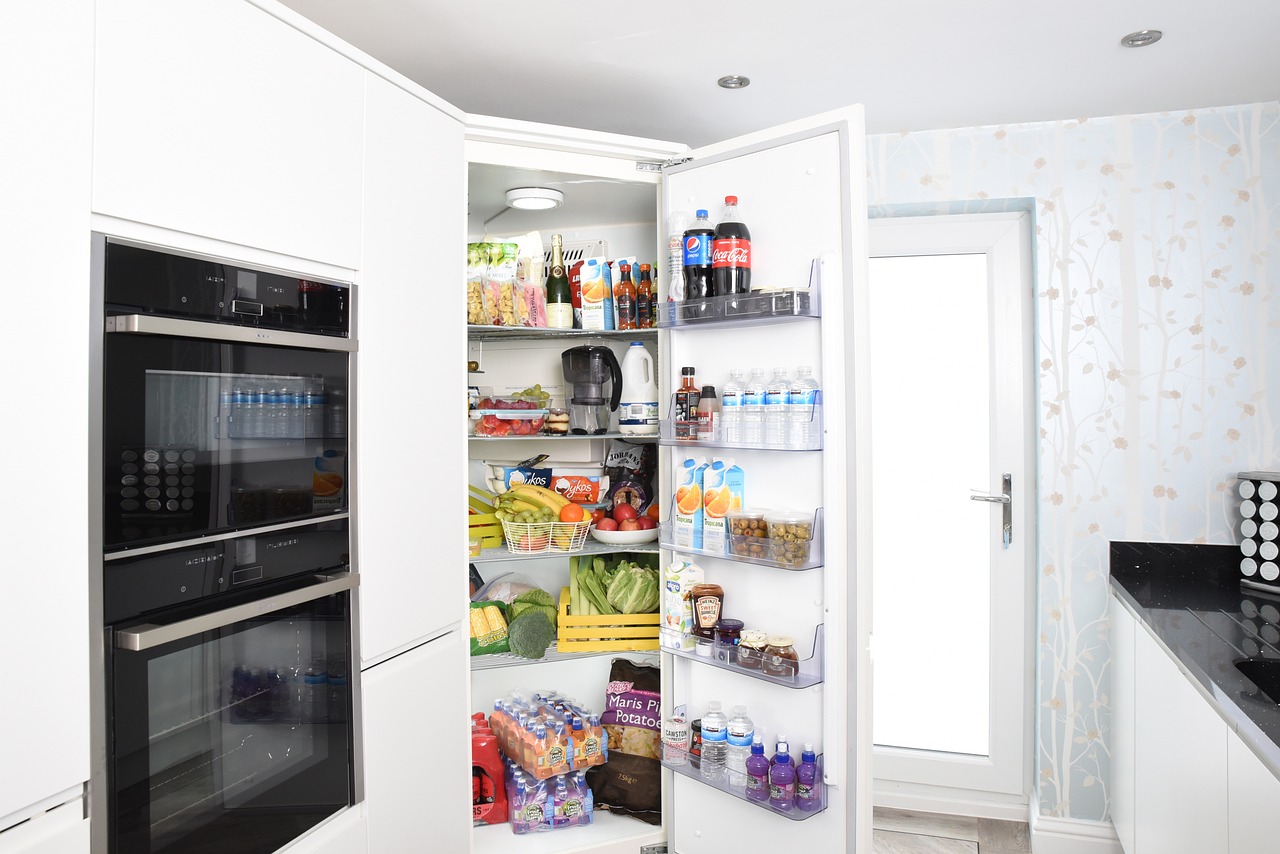Table of Contents
Common Issues with Washing Machines
Washing machines are an essential part of our daily lives, but they can sometimes encounter problems. Here are some common issues you may face and how to troubleshoot them.
Leaking Water: If you find water pooling around your washing machine, it could be due to a loose or damaged hose. Check the connections and tighten them if needed. Replace any damaged hoses to prevent further leakage. Additionally, make sure the washing machine is level and not tilted, as this can also cause water to leak. If the issue persists, it could indicate a problem with the water inlet valve or a cracked tub.
Noisy Operation: Unusual noises during the wash cycle can be annoying and indicate a problem. Check for any foreign objects, like coins or buttons, in the drum. These objects can cause a rattling or banging noise. Ensure that the machine is level and not vibrating excessively, as this can also lead to noise. If the noise persists, it might be a sign of a faulty motor or belt. In such cases, it is best to call a professional technician for further diagnosis and repair.
Not Draining Properly: If your washing machine is not draining properly, it could be due to a clogged drain hose or filter. Clean the hose and filter to remove any debris or lint that might be blocking the flow of water. Check for any kinks or twists in the drain hose that may be obstructing the drainage. If the issue persists, there could be a problem with the pump or drain pipe. It is recommended to seek professional assistance to resolve the issue.
Troubleshooting Common Refrigerator Problems
A malfunctioning refrigerator can lead to spoiled food and a major inconvenience in your daily routine. Here are some common refrigerator problems and tips to troubleshoot them.
Warm Interior: If your refrigerator isn’t cooling properly, the first step is to check the temperature settings. Make sure the temperature dial is set to the appropriate level. Additionally, ensure that the condenser coils at the back of the fridge are clean and free from dust or debris. Dirty coils can restrict airflow and cause cooling issues. If the problem persists, it could indicate a faulty compressor or a refrigerant leak, which requires professional repair.
Excessive Frost Build-Up: Too much frost in the freezer can restrict airflow and cause cooling issues. Check the door seal for any gaps or damage that may be allowing warm air to enter. If the seal is intact, defrost the freezer to remove any excess frost. Use a hairdryer to speed up the defrosting process, but be careful not to overheat any plastic components. If the problem persists, it could indicate a faulty defrost timer or heater, and professional intervention may be necessary.
Constant Cycling On and Off: If your refrigerator is frequently cycling on and off, it could be due to a malfunctioning thermostat or compressor. Clean the condenser coils at the back of the fridge and ensure proper ventilation around the appliance. Overheating can cause the refrigerator to work harder and cycle more frequently. If the issue continues, it might be best to call a professional technician to diagnose and repair the problem.
Troubleshooting Tips for Dishwashers
Dishwashers are designed to make our lives easier, but when they encounter issues, it can be frustrating. Here are some common dishwasher problems and how to troubleshoot them.
Inadequate Cleaning: If your dishwasher isn’t cleaning dishes properly, there could be several reasons. First, check the spray arms for any clogs or obstructions. Remove any food particles or debris that may be blocking the spray holes. Next, ensure that you are using the appropriate dishwasher detergent and following the manufacturer’s instructions. Hard water can also affect the dishwasher’s performance, so consider using a water softener if necessary. If the issue persists, there may be a problem with the water inlet valve or pump, and professional assistance may be required.
Water Leaks: If you notice water leaking from your dishwasher, the first step is to check the door seal. Inspect the seal for any cracks, tears, or debris, and clean it if necessary. A damaged or worn-out seal can allow water to escape. Also, ensure that the dishwasher is level and not tilting forward, as this can cause water to leak from the door. If the problem continues, there could be a problem with the water inlet valve, pump, or drainage system, and professional repair may be necessary.
Unpleasant Odors: If your dishwasher has a persistent bad smell, it could be due to food debris or residue trapped in the filter or spray arms. Remove the filter and spray arms and clean them thoroughly. Use a dishwasher cleaner or a mixture of vinegar and baking soda to eliminate any lingering odors. Regularly running an empty cycle with a dishwasher cleaner can also help prevent odor buildup. If the smell persists, there may be a problem with the dishwasher’s drainage system, and professional attention may be required.

